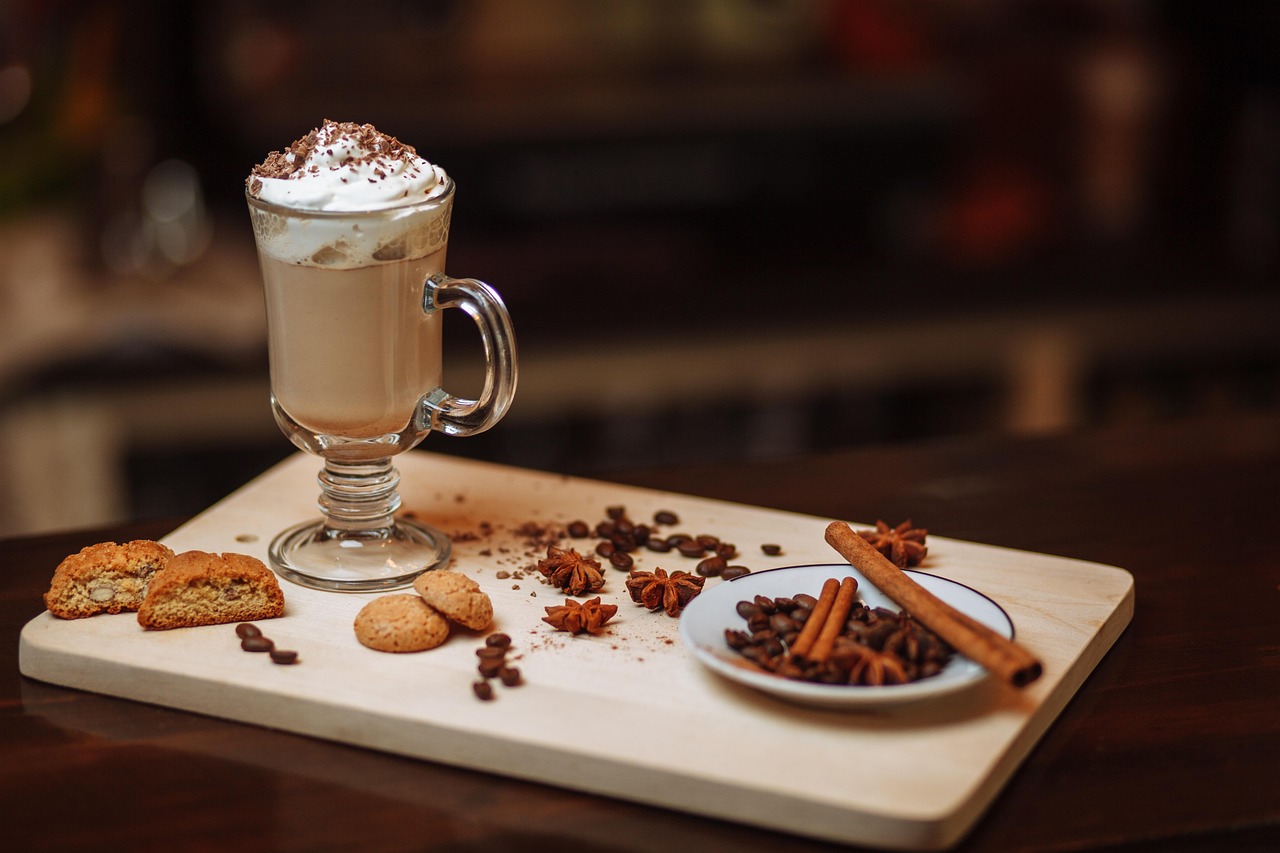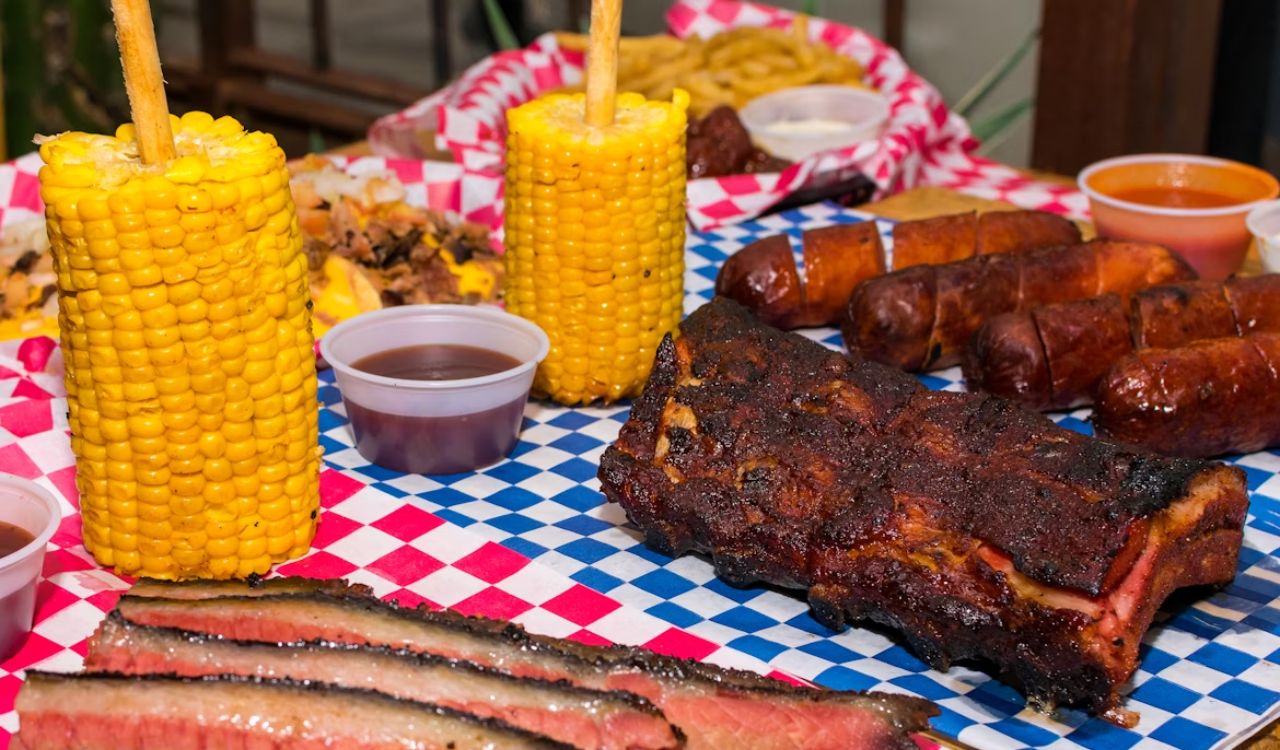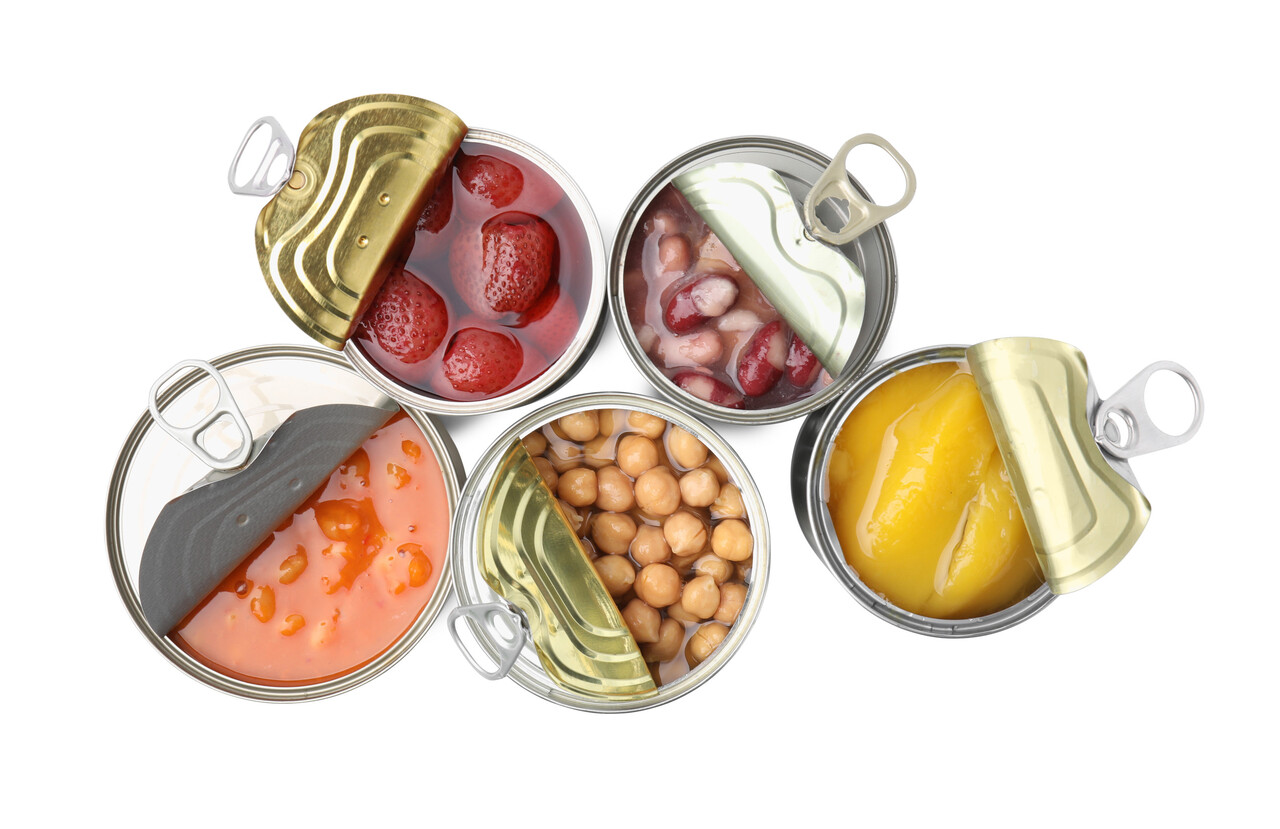15 Vintage Thanksgiving Side Dishes Worth Bringing Back
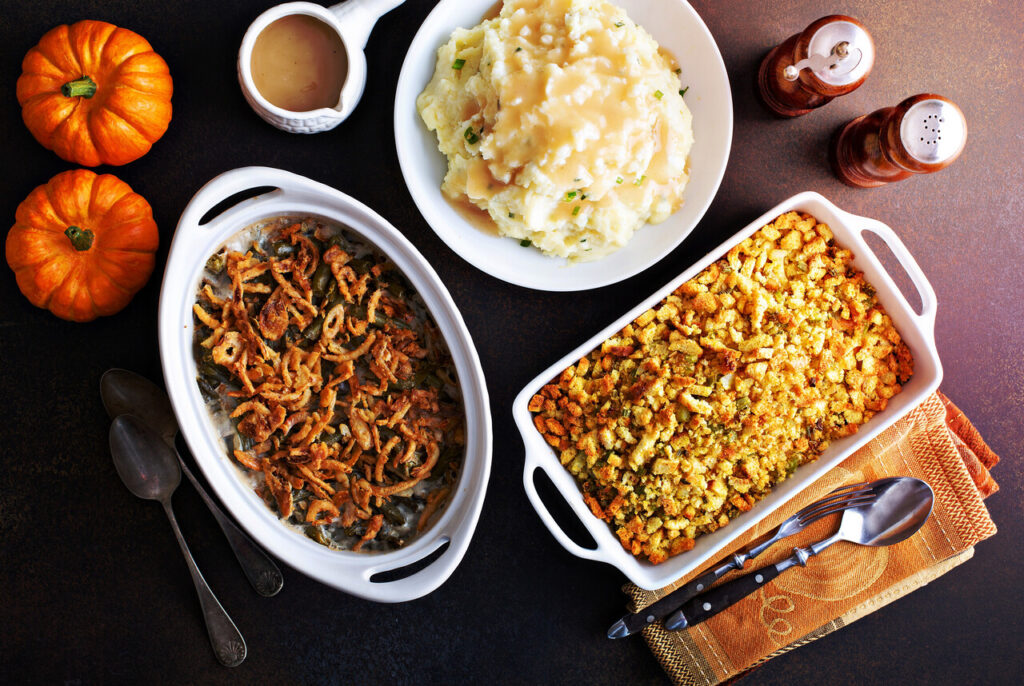
Thanksgiving sides have changed a lot over the years, but some of the best dishes never should have gone out of style. Before boxed stuffing and marshmallow toppings took over, families served sides made from scratch with real flavor and heart. These vintage recipes were comforting, clever, and built around seasonal ingredients. It’s time to revisit them. Here are fifteen old-school Thanksgiving side dishes worth bringing back to your modern table this year.
1. Oyster Stuffing
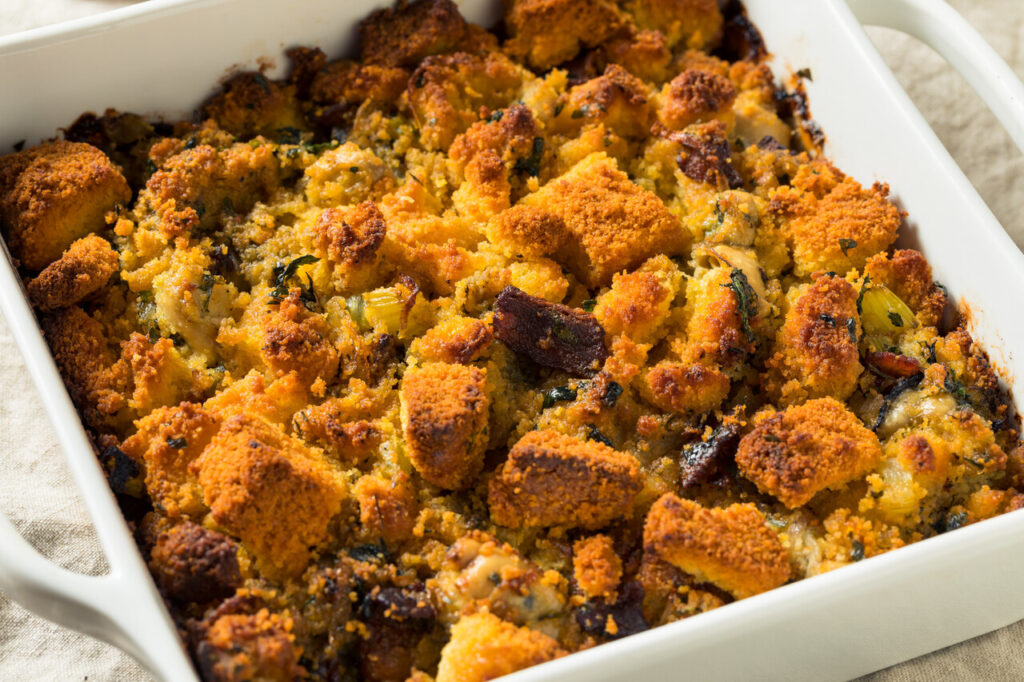
Oyster stuffing was once a symbol of celebration in coastal households. Chopped oysters were folded into cornbread or bread cubes with celery, onion, butter, and herbs. The briny flavor gave depth to the turkey’s mild richness, while the texture stayed moist without being soggy. It’s a dish that tastes luxurious but still rustic. You can tone down the seafood flavor with fewer oysters or lean into it for a bolder bite. Either way, it’s a side that proves old-fashioned cooking can still surprise you.
2. Creamed Onions
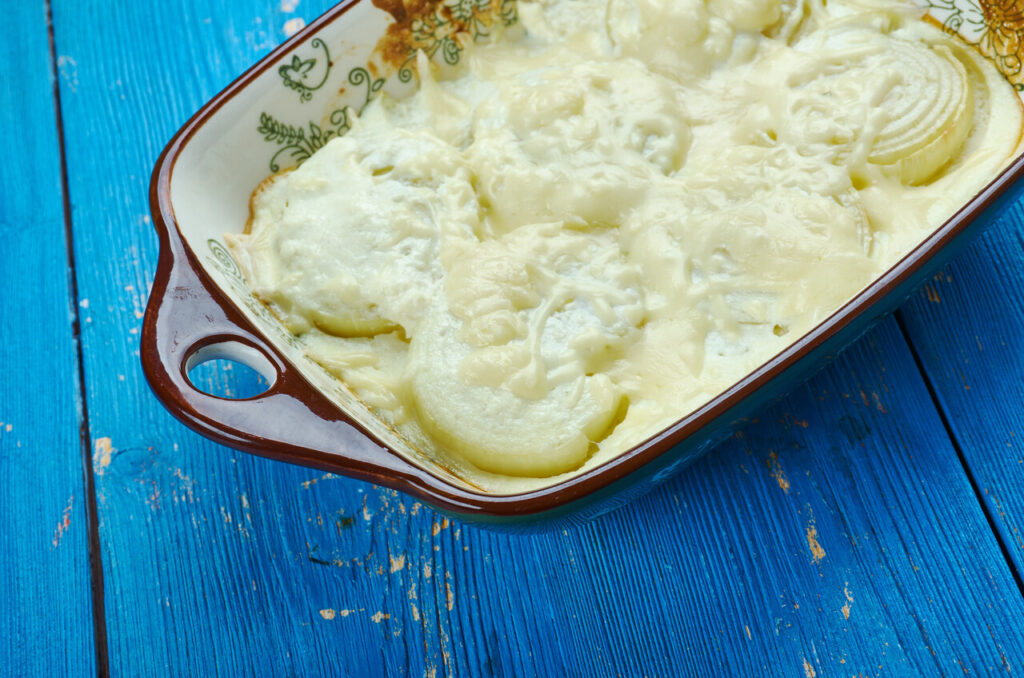
Creamed onions were a staple on many mid-century Thanksgiving tables. The recipe used small pearl onions simmered in a simple white sauce made from butter, flour, milk, and a touch of nutmeg. The result was smooth, mellow, and lightly sweet. This side paired perfectly with roast turkey or mashed potatoes, balancing savory flavors with its creamy base. Today, it’s easy to forget how comforting such a simple dish can be. You can elevate it with a hint of cream or grated Parmesan for modern depth.
3. Cranberry Mold
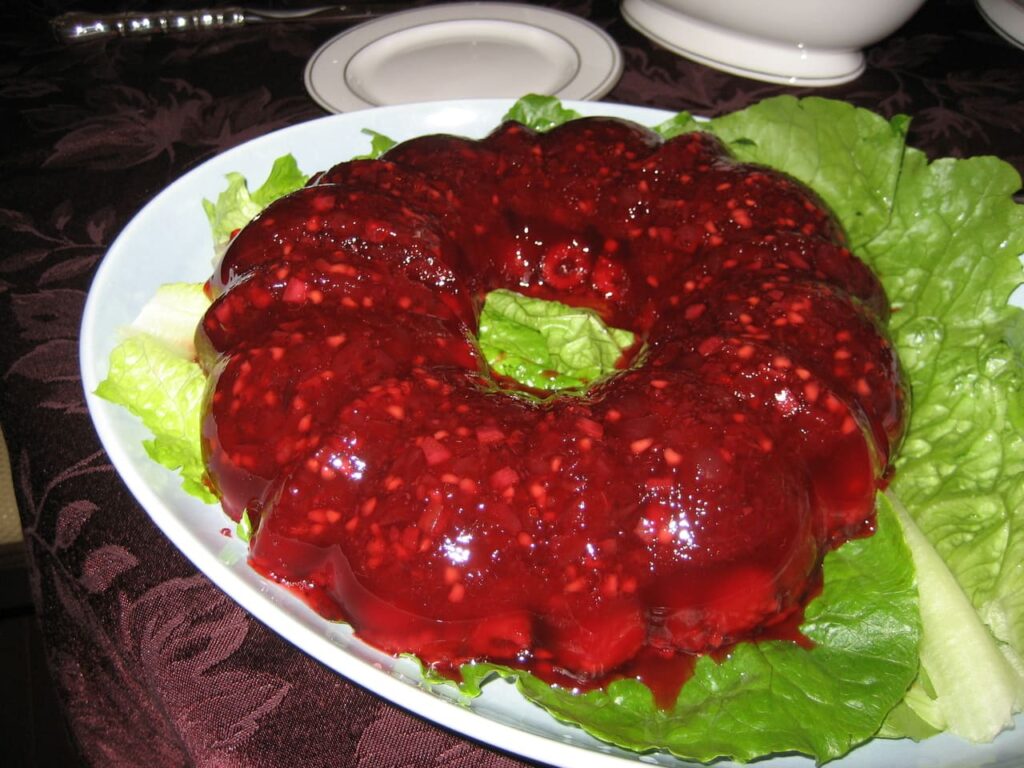
Before canned cranberry sauce became standard, cranberry molds were the showpiece of holiday tables. Families used gelatin, fresh cranberries, sugar, and sometimes crushed pineapple or orange zest to make a jewel-like dish that sliced neatly. The tart fruit cut through the richness of the turkey and gravy. It looked beautiful on the table and tasted bright without being overly sweet. Reviving this recipe adds both texture and nostalgia to your spread. It’s proof that presentation once mattered as much as flavor.
4. Scalloped Oysters
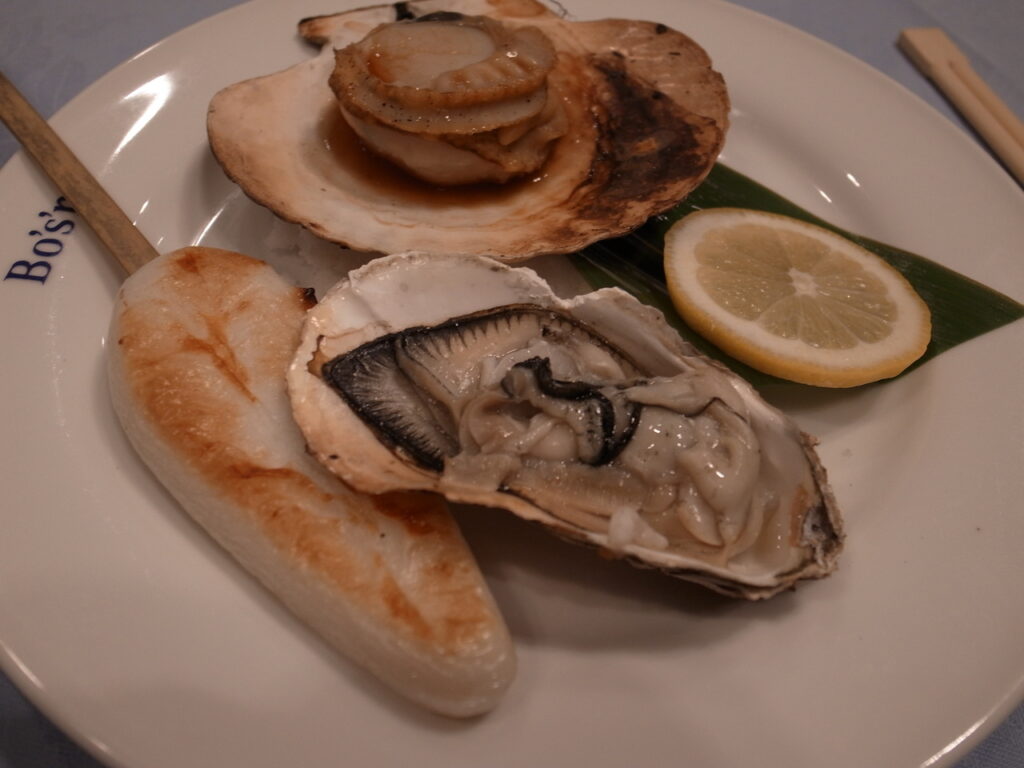
Scalloped oysters were layered with breadcrumbs, butter, cream, and seasoning, then baked until bubbling and golden. The dish delivered a comforting mix of textures: crisp topping, tender oysters, and creamy sauce. It was considered a luxury dish in the early 1900s, often reserved for holidays. Over time, it disappeared from most menus, but it deserves a second life. The subtle ocean flavor complements turkey better than you’d expect, adding a savory note that feels indulgent without being heavy.
5. Glazed Carrots with Brown Sugar
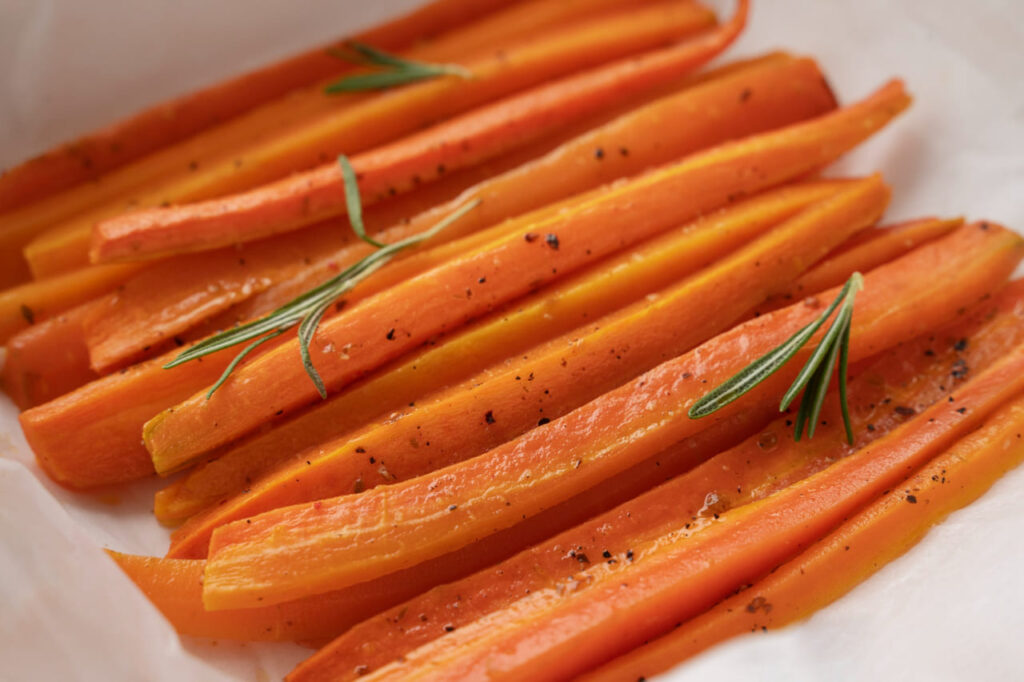
Simple yet classic, glazed carrots were once a Thanksgiving must. Carrots simmered in butter, brown sugar, and a touch of salt developed a glossy coating and gentle sweetness. The caramelized flavor paired perfectly with savory dishes, offering balance on the plate. This recipe took minimal effort and used ingredients every home cook had. You can adjust the glaze with a drizzle of honey or orange juice for brightness. It’s a reminder that uncomplicated sides can be the most memorable ones.
6. Corn Pudding
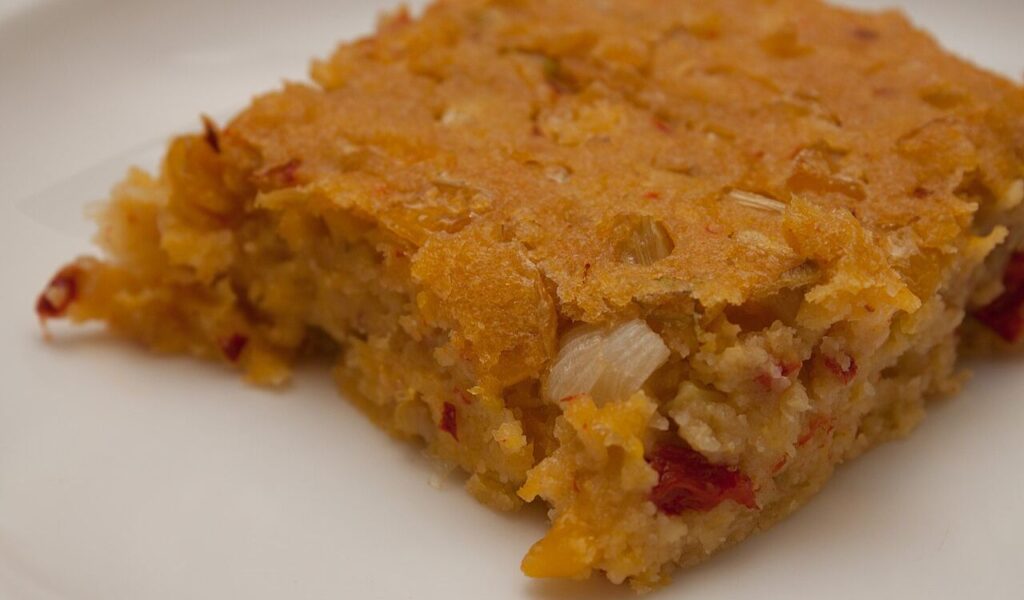
Corn pudding bridges the line between sweet and savory. Made with fresh or creamed corn, eggs, milk, butter, and sugar, it is baked into a soft, custard-like dish. It was especially popular across the South and Midwest as a way to use preserved corn. The flavor is mild and buttery with a texture that feels comforting and familiar. It pairs beautifully with turkey or ham. Corn pudding deserves a return to the table because it’s simple, budget-friendly, and universally loved.
7. Ambrosia Salad

Ambrosia salad once defined festive meals. A mix of fruit, coconut, and whipped cream or sour cream, it offered a cool, creamy contrast to heavier foods. Some versions added marshmallows or pecans for texture. The dish symbolized abundance and Southern hospitality. While it may feel dated, the flavor combination still works. Using fresh fruit and a lighter cream can update it for modern palates. Ambrosia may not be trendy, but it remains comforting in a timeless way.
8. Mashed Rutabagas
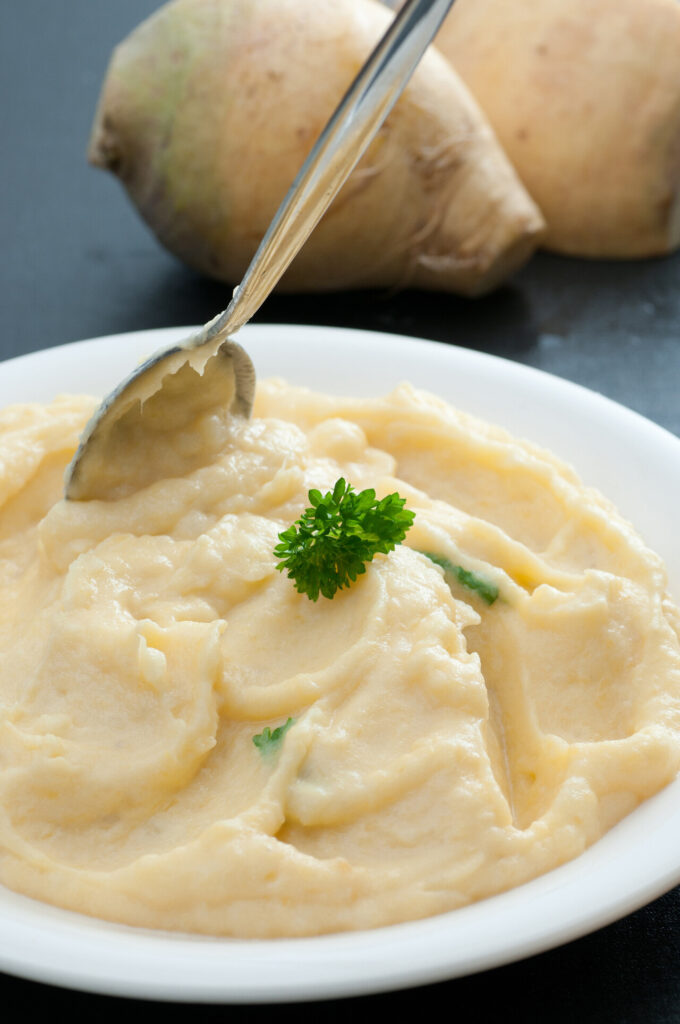
Before sweet potatoes took over, mashed rutabagas were a humble but flavorful side. Their earthy taste and golden color stood out against other dishes. Boiled and mashed with butter, cream, and a bit of salt, they delivered a slightly peppery sweetness. They’re a great alternative to potatoes if you want something traditional yet different. Rutabagas have a deeper flavor that pairs beautifully with roasted meats. This forgotten root vegetable deserves another turn in the spotlight.
9. Tomato Aspic
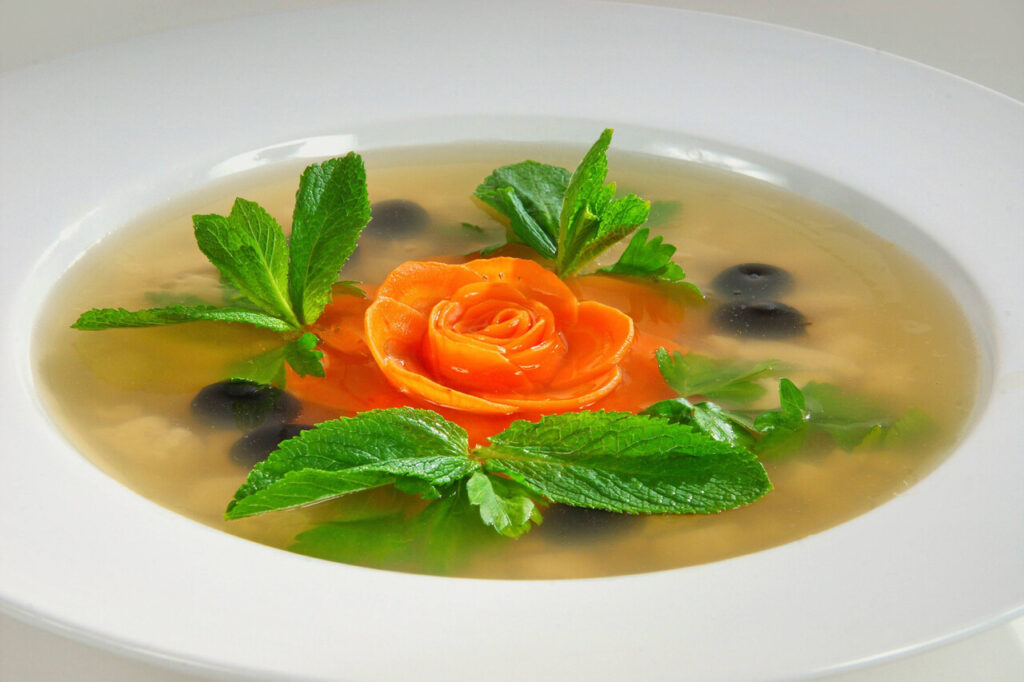
Tomato aspic was once considered elegant, though it’s nearly vanished today. It combined seasoned tomato juice and gelatin to create a firm, tangy mold often served cold with lettuce or mayonnaise. The bright acidity balanced rich holiday dishes. While the texture may surprise modern diners, the flavor is refreshing and savory. If you swap gelatin for agar and use fresh tomato juice, it can feel surprisingly contemporary. Aspic reminds you that mid-century cooks valued creativity as much as taste.
10. Baked Apples
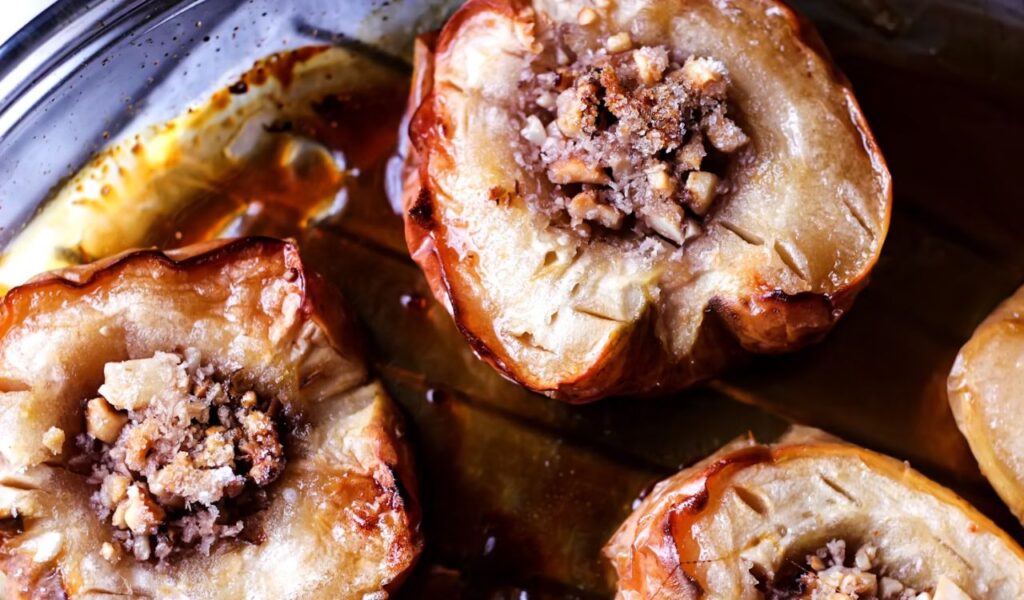
Baked apples once graced Thanksgiving tables as a sweet side, not just dessert. Core an apple, fill it with butter, cinnamon, and sugar, and bake until tender. The warm spice and caramelized flavor paired beautifully with roasted meats. It’s simple, comforting, and inexpensive. You can add raisins, nuts, or maple syrup for variety. This side connects you to early American cooking when ingredients were limited, but creativity turned simplicity into something memorable.
11. Green Bean Casserole (Original Version)

The original green bean casserole, created in the 1950s, used just six ingredients-green beans, cream of mushroom soup, milk, soy sauce, black pepper, and crispy onions. Its popularity came from both convenience and comfort. When made from scratch with fresh beans and homemade sauce, it transforms into something nostalgic yet refined. The creamy base and crunchy topping offer a balance of texture that still earns a spot at the table. It’s worth reclaiming in its pure, flavorful form.
12. Sweet Potato Casserole Without Marshmallow
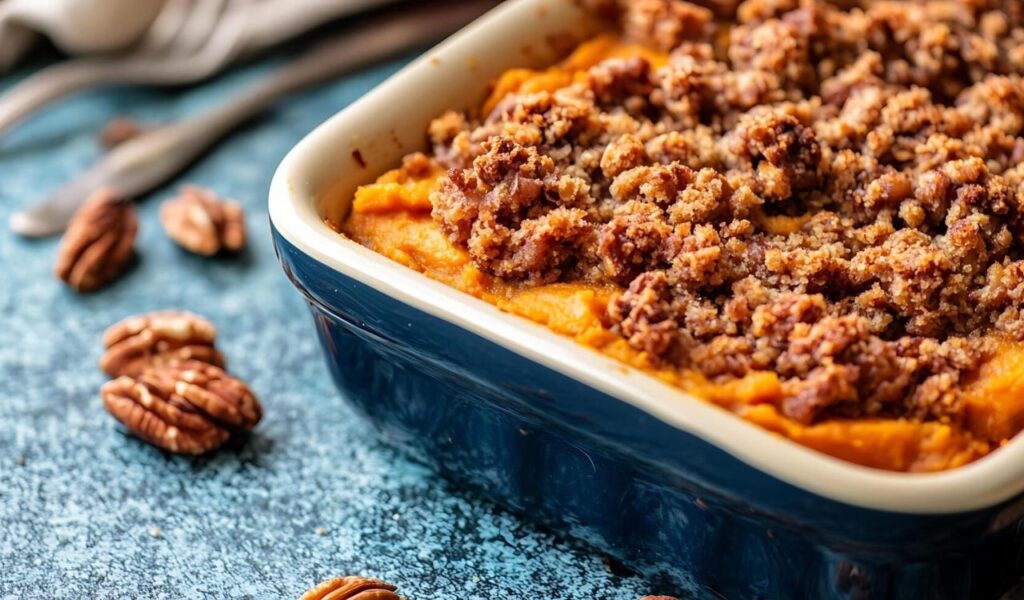
Before marshmallows became the norm, sweet potato casseroles were savory-sweet dishes topped with buttered pecans or brown sugar crumble. The focus was on the vegetable’s natural sweetness, not candy-like toppings. Baked with cream, eggs, and spices, it had a velvety texture and warm, balanced flavor. Returning to this older style makes the dish feel grounded again. You taste the sweet potato itself, not just the sugar. It’s a satisfying reminder of how tradition can taste cleaner.
13. Wilted Spinach Salad
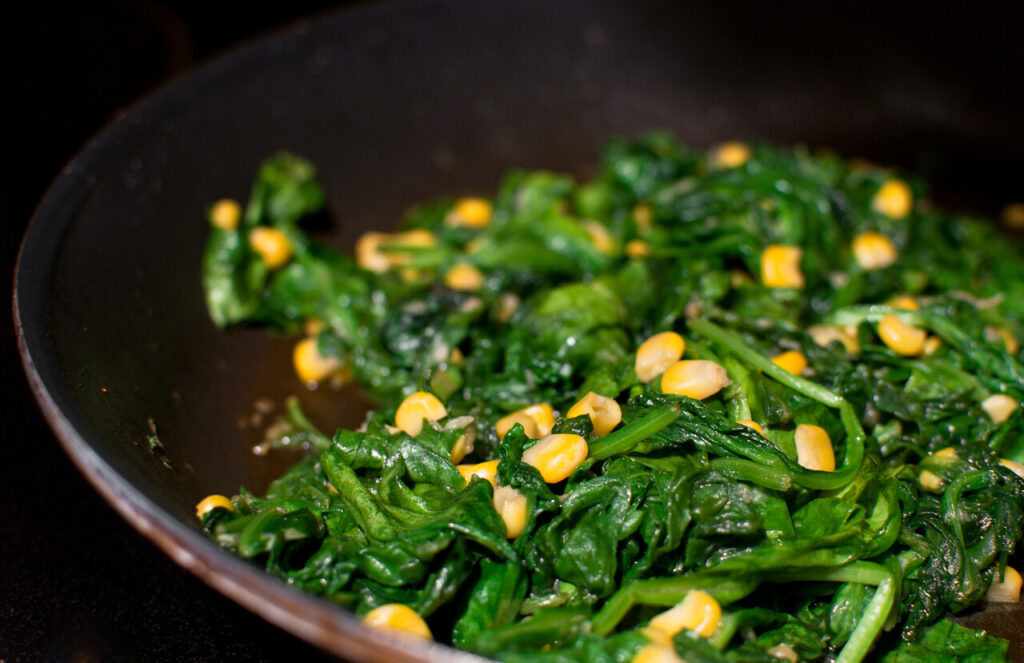
Wilted spinach salad was a clever way to use fresh greens before refrigeration was common. Warm bacon fat, vinegar, and onions were poured over spinach to slightly soften the leaves. The result was tangy, smoky, and unexpectedly hearty. It provided a refreshing break from heavy sides. This simple method turns basic ingredients into something complex. You can lighten it with olive oil or add eggs for extra protein, but its heart lies in that warm, savory dressing.
14. Celery and Olive Relish Tray

Every vintage Thanksgiving table once featured a relish tray loaded with celery, pickles, and olives. It wasn’t fancy, but it balanced the richness of the meal. The crisp vegetables and salty brine acted as palate cleansers between bites of stuffing or gravy. Today, you can modernize it with marinated artichokes, roasted peppers, or mixed olives. Still, the simplicity of a basic relish tray offers something satisfying-clean, and crunchy that no warm dish can replicate
15. Giblet Gravy
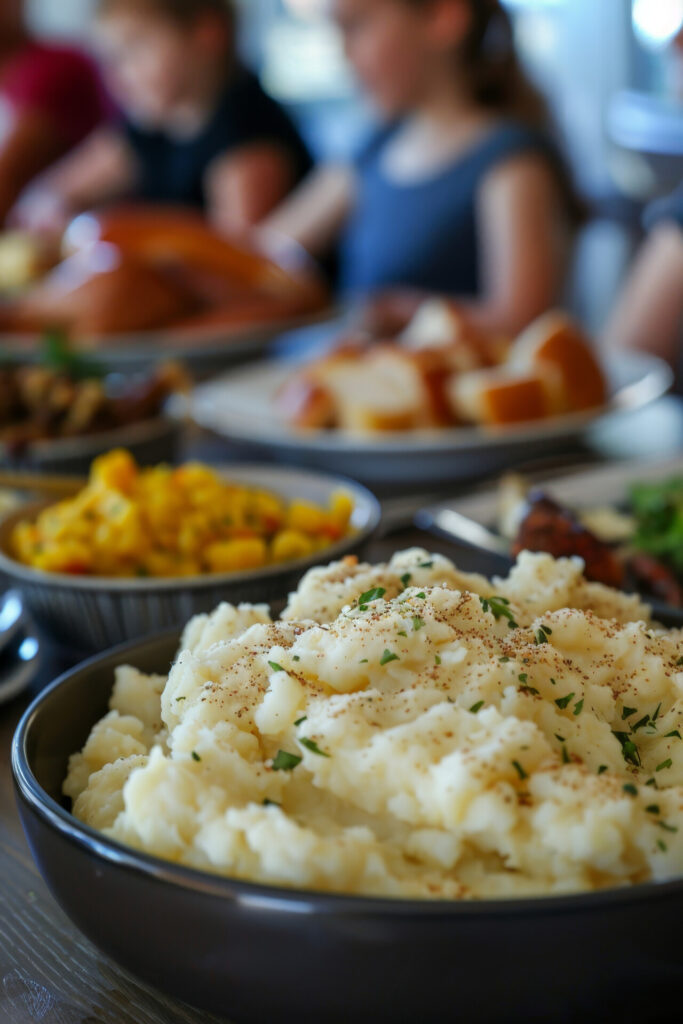
Giblet gravy made use of the turkey’s neck, heart, and liver, simmered to create a deep, flavorful broth. It was thickened with flour and enriched with chopped hard-boiled egg for texture. This gravy tied the meal together and reflected an older style of cooking that valued using every part of the bird. It’s richer and more complex than most modern versions. Reviving it honors that resourceful, flavor-focused mindset that defined early holiday cooking.


